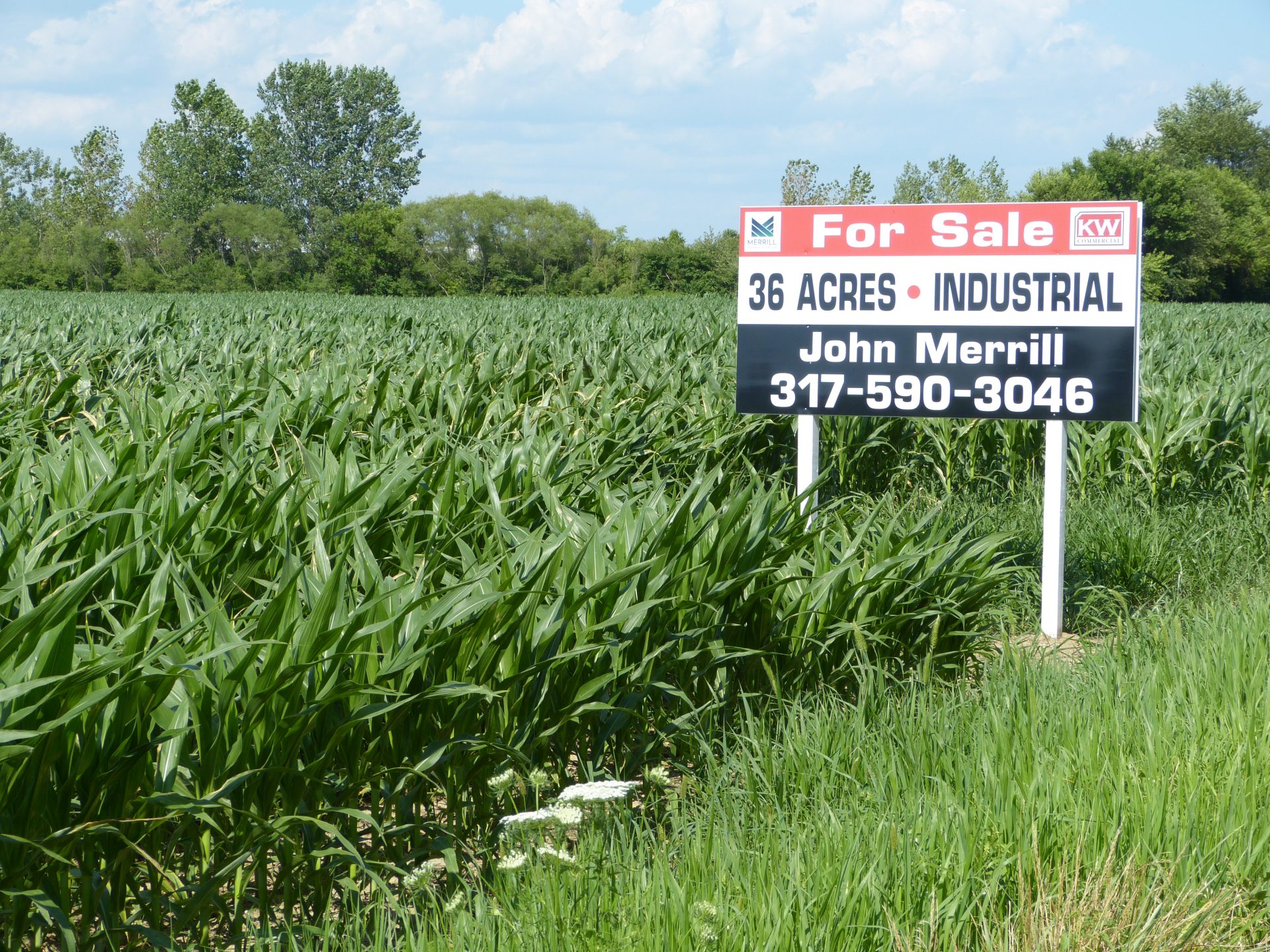
A recent report from American Farmland Trust shows an alarming trend of farmland disappearing from rural America.
Angie Doucette, the Midwest farmland protection manager with American Farmland Trust, says the number of lost acres is disturbing.
“It’s difficult to absorb. The Midwest has some of the richest, most productive, resilient agricultural land in the nation, and American Farmland Trust, our recent ‘Farms Under Threat Initiative,’ has shown that there is a serious threat to farmland across the region due to the continued growth of urban development and this low-density residential development. Our first ‘Farms Under Threat’ initiative has shown that between 2001 and 2016, a time span of just 15 years, the Midwest lost over 1.1 million acres of farmland and that’s across seven states, and we’re showing that the trend is accelerating,” according to Doucette.
She says Indiana is among the states that have lost the most farmland.
“Across a 15-year time span, we saw over 1.1 million acres of farmland were converted across seven states of Ohio, Wisconsin, Michigan, the ‘I’ states, Indiana, Illinois, Iowa, and Minnesota,” says Doucette. “We’re projecting the conversion based on the historical loss of farmland, and this is what’s telling: by 2040, in less than 20 years, an additional 3.1 million acres, which is nearly 5,000 square miles of Midwest farmland may be lost to urban and low-density residential development.”
Doucette says there’s almost no chance of farmland getting put back into production once it’s lost.
“The strength of our economy takes a direct hit when high-quality cropland is lost forever to urban development. And unfortunately, this disproportionately impacts smaller farms that often serve markets with fresh produce, eggs, dairy, meat, and things like that. Those small and urban farms tend to be the ones that incubate our new farmers, so supporting our farm economy, and as we’ve seen, due to the impacts of the pandemic, they’re instrumental in navigating food supply chain disruptions that we continue to see at our grocery stores across the nation. So, it’s a pretty significant impact across many facets of the American lifestyle.”
Doucette says several things can be done to preserve farm acres.
“The thing about ‘Farms Under Threat’ is we modeled three different scenarios: the runaway sprawl scenario, which is where things just kind of go significantly more rapid in development projection; or the current business-as-usual, where the current trends continue, and we see that 3.1 million acres are lost; but there’s a different scenario, A Better-Built City. So, that’s to say that not all hope is not lost. The tools exist to save our region’s farmland. So, by embracing ‘Smart Growth,’ permanently protecting agricultural lands, and supporting the next generation of farmers, we can save 1.8 million acres of farmland in this Better-Built Cities, Smart-Growth Urban Investment scenario,” says Doucette.
Source: NAFB
